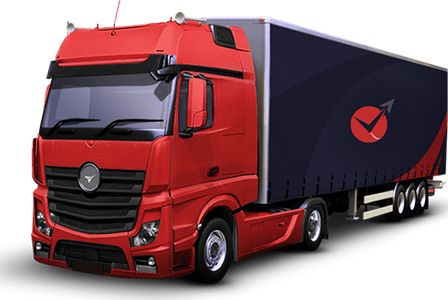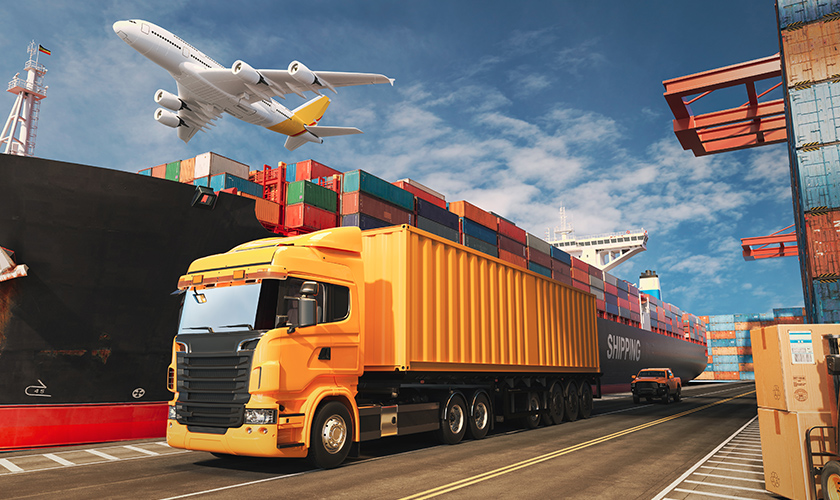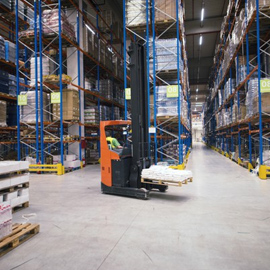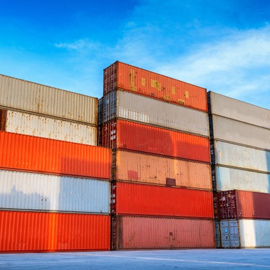Overview of Air Freight
Our services include inbound logistics, outbound logistics, and reverse logistics, which are crucial for understanding the logistics industry.
Logistics involves the flow of goods from the point of manufacture to the end user or point of use, with transportation being a significant aspect. While these two terms are often used interchangeably, they actually represent two distinct aspects of the supply chain. Here are the key points about logistics and transportation.
- Customer Focus
- Company Dynamics
- Customer Experience
- Cost Control
- Delivery Services
- Employee Dynamics
- Fulfillment Information
- Integrated Transportation and Fulfillment
- Logistics Services
- Managing Shipper/Third-Party Logistics Relationships
- Product Distribution
- Product Sustainability
Transportation refers to the movement of people, goods, and animals from one location to another through air, rail, road, ocean, cable, space, or pipelines. Transportation services are divided into three aspects: infrastructure, vehicles, and operations. The key to transportation lies in facilitating communication and transactions between both parties.
While both transportation and logistics involve the movement of goods from one place to another, logistics encompasses additional benefits and functions. Logistics executors also need to make decisions regarding packaging, containers, documentation, insurance, storage, import/export regulations, damage claims, collaborative management, vendor and partner management, and risk mitigation. Although these two terms are often used interchangeably, the essence of logistics is integration and storage.
Ways to Enhance Customer Satisfaction
Share Your Thoughts with Us
While transportation and logistics both involve moving goods from one location to another, logistics offers additional benefits and functions. Logistics executors also need to make decisions regarding packaging, containers, documentation, insurance, storage, import/export regulations, damage claims, collaborative management, vendor and partner management, and risk mitigation. Although these two terms are often used interchangeably, the essence of logistics is integration and storage.





